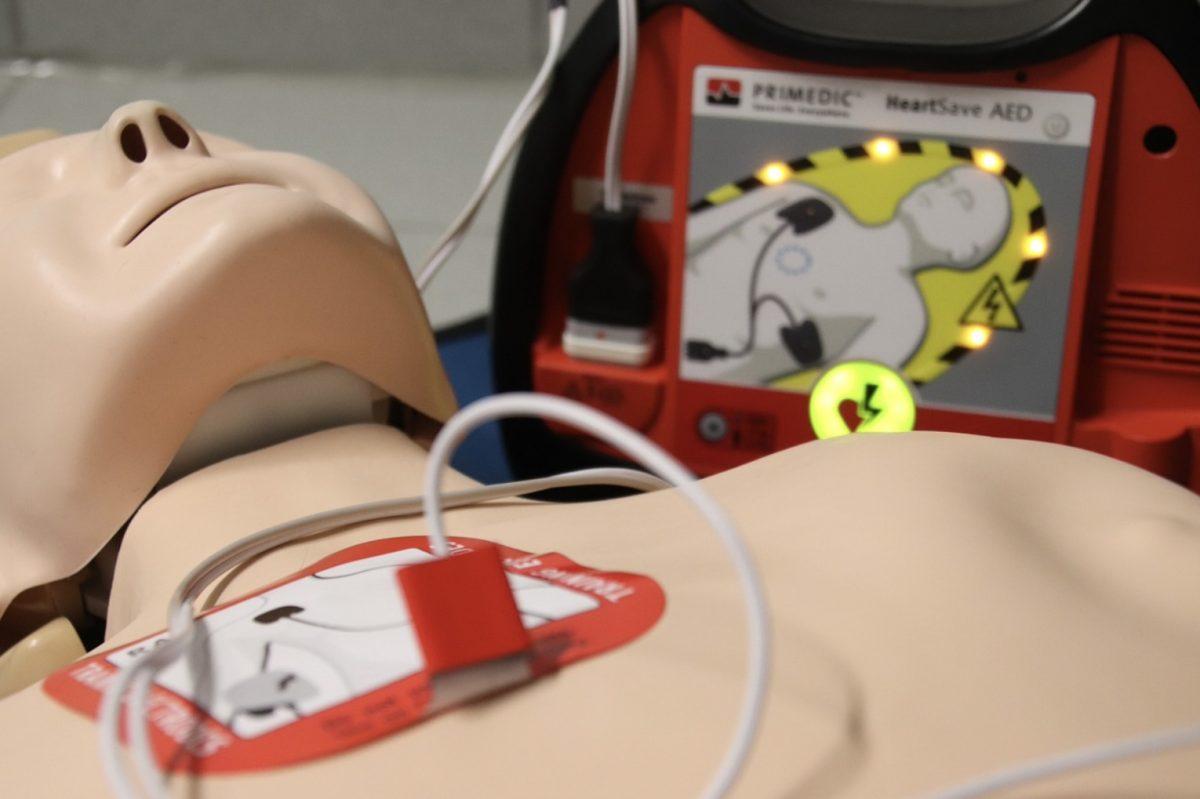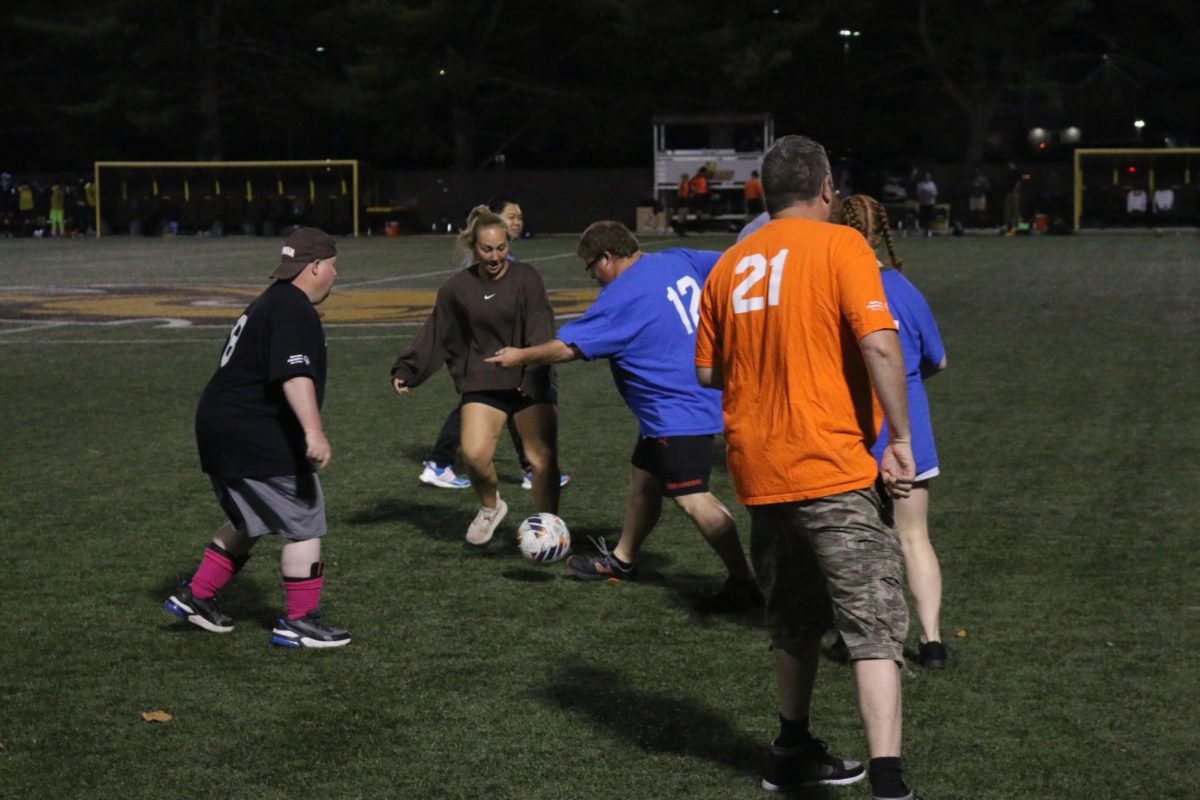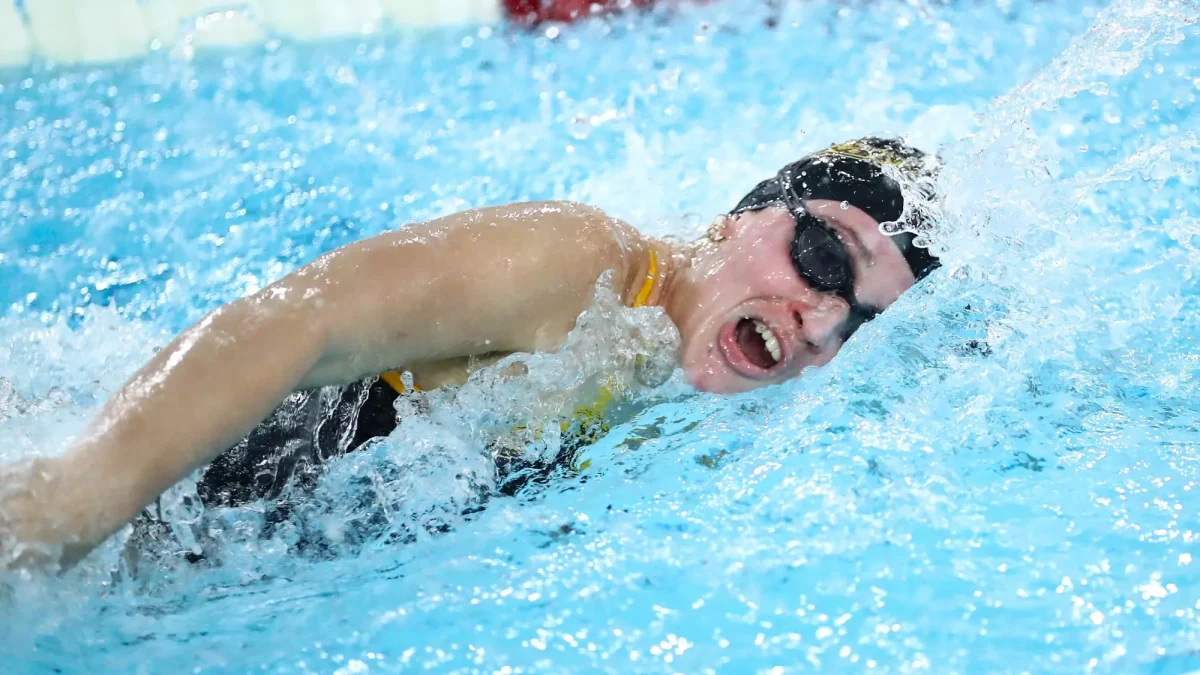In early 2023, Damar Hamlin collapsed during a football game, suffering cardiac arrest after a shoulder check to the chest. The medical aid immediately rushed to Hamlin on the field, and gave him a variety of treatments, which included CPR and use of an AED, or automated external defibrillator, and it likely saved his life.
The incident, which was the subject of coverage and discussion for weeks after it occurred, left many concerned about athlete safety, both professionally and otherwise.
Hamlin’s public health concerns particularly brought attention to the fact that this kind of incident, sudden cardiac arrest, heat stroke or head injury, is not uncommon. Not even among teenagers and young adults.
While the issue is particularly common among high school athletes, college athletes are also susceptible to this kind of serious and potentially deadly medical emergency.
Due to the risks to athletes’ health during practice and games, Rowan’s athletics department and emergency service personnel have protocols and procedures in place. Most of these follow the guidelines and regulations laid out by the National Collegiate Athletic Association (NCAA), as Rowan is one of their institutions.
The school also follows some of the health and safety regulations that the Korey Stringer Institute puts out and uses their resources as a reference.
Colleen Grugan is the head athletic trainer for the university.
“In the athletics department alone, we have five AEDs that we utilize for our teams. They are at all practices and games. All of our coaches for Rowan NCAA athletics are certified in CPR first aid and AED use,” Grugan said.
The AEDs cost up to $3000 each and are placed in every academic and administrative building on campus, in addition to the five that the athletics department has on hand for games and practices. Emergency service personnel also ensure that major university events like homecoming and graduation, have AED machines available. The machines are also always one to two minutes away from all dorm buildings but are not placed within dorm buildings themselves for fear of vandalism.
Vernon Howery is the chief of operations for EMS services on campus.
“They’re tearing the fire extinguishers up, they’re gonna do the same thing with the AEDs. Fire extinguishers are relatively inexpensive, an AED costs about $3,000, so we can relieve the financial burden of trying to replace AEDs on a consistent basis. That would be very expensive. So we don’t really have them in the dorms, but the police have them, and EMS has them. So there are responders that are within one to two minutes of each of our dorm buildings,” Howery said.
Howery also said that the AEDs around campus are kept up to date and in good condition, with functional batteries and working pads. Some of the cost of upkeep can be lumped in with the initial costs of the devices themselves, as well as having some staff in the emergency services department that are able to help maintain them as well.
While the costs of these procedures and devices are known, their nature as life-saving safety nets means cost is not often a consideration.
“The cost is a tough question because I don’t think we really look at it as monetary, like ‘this injury cost this much money.’ I think that way when it comes to surgeries, but not with emergency care… emergency care is a different situation,” Grugan said.
It is unclear if Rowan has ever had to activate their emergency service plan specifically to use an AED, but the emergency plans have come into play for various injuries over the years. Fractures, sprains, and concussions are some of the more common injuries seen, though breathing issues and cervical spine injuries have also been reported as well.
“We have had the gamut and because we practice and because we have these things set in place, I think those are the important things that don’t happen everywhere,” Grugan said.
In addition to the AEDs around campus, all of the coaches are CPR-certified, as well as the emergency services also being able to do CPR.
Robert Sterner is an associate professor and department chair for health and exercise sciences. He helps to train students in his department to be prepared to treat patients in an emergency situation.
“We make sure that they’re competent to practice on patients and then if an emergency situation occurs, they absolutely will manage this situation and take care of the athlete and assist with the athlete trainer on staff,” Sterner said.
For comments/questions about this story DM us on Instagram @TheWhitSports or email @[email protected]

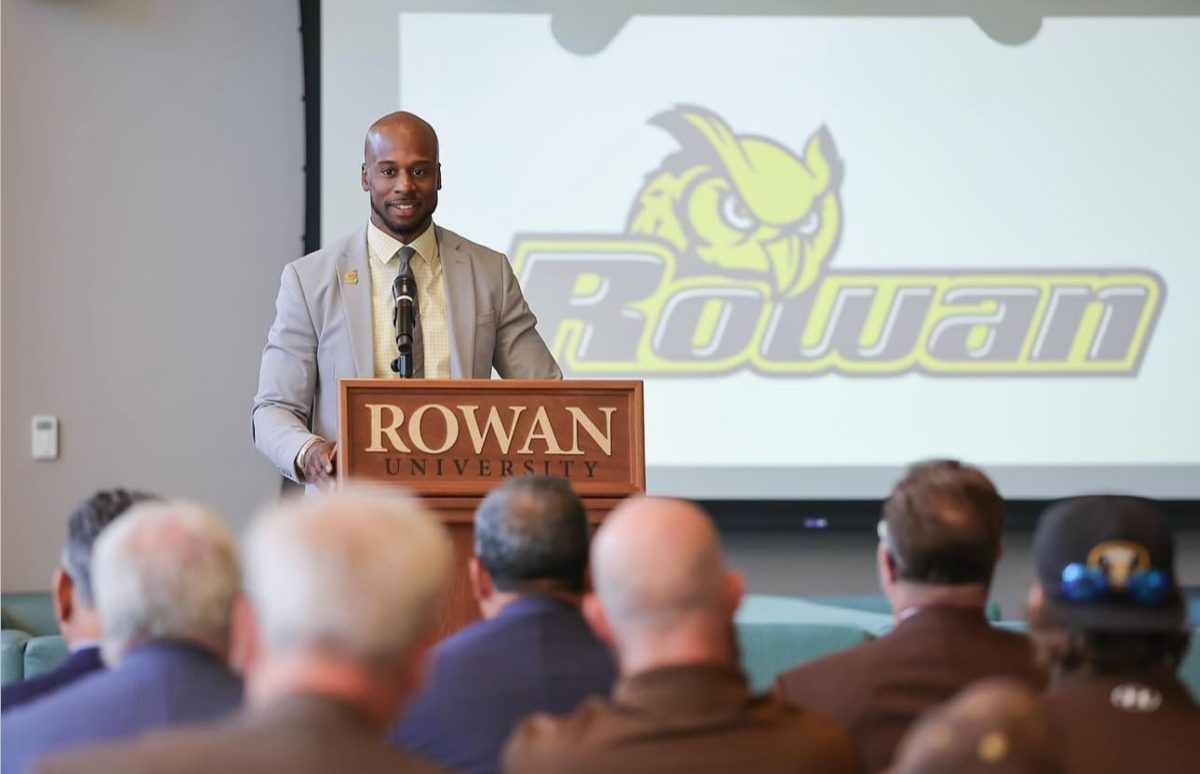


















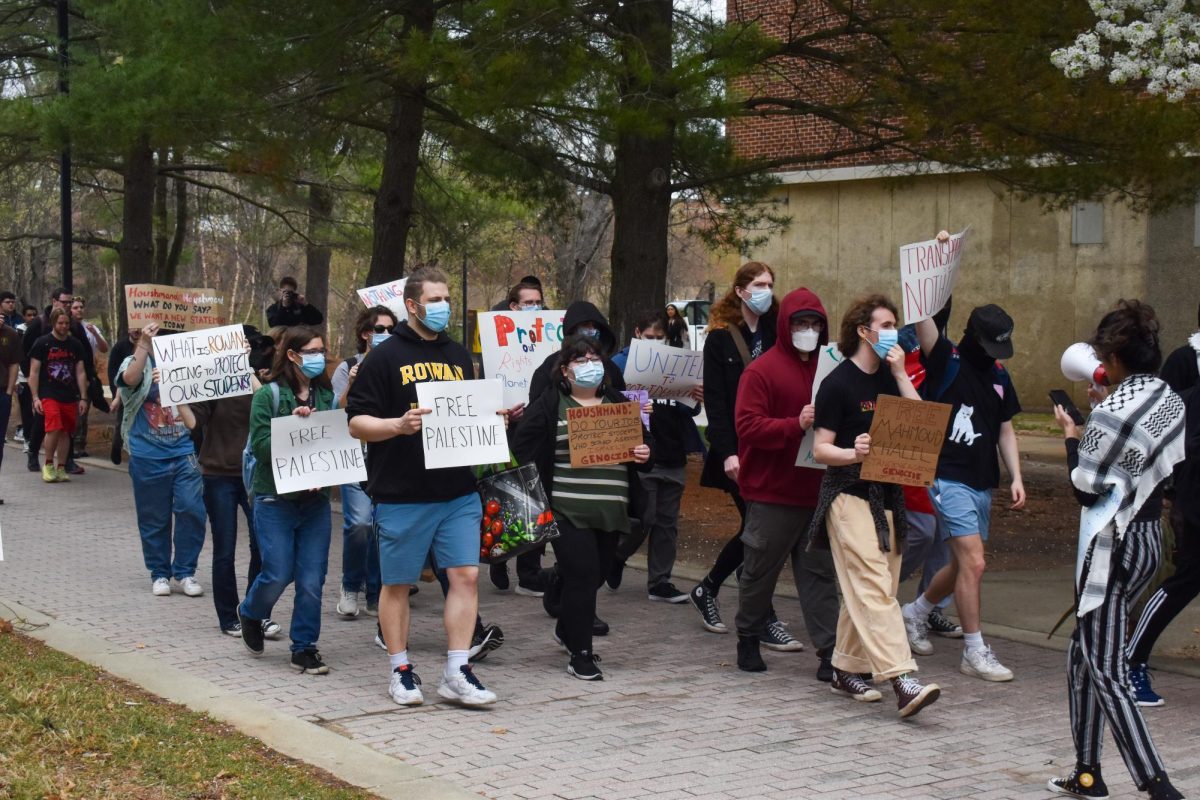





































































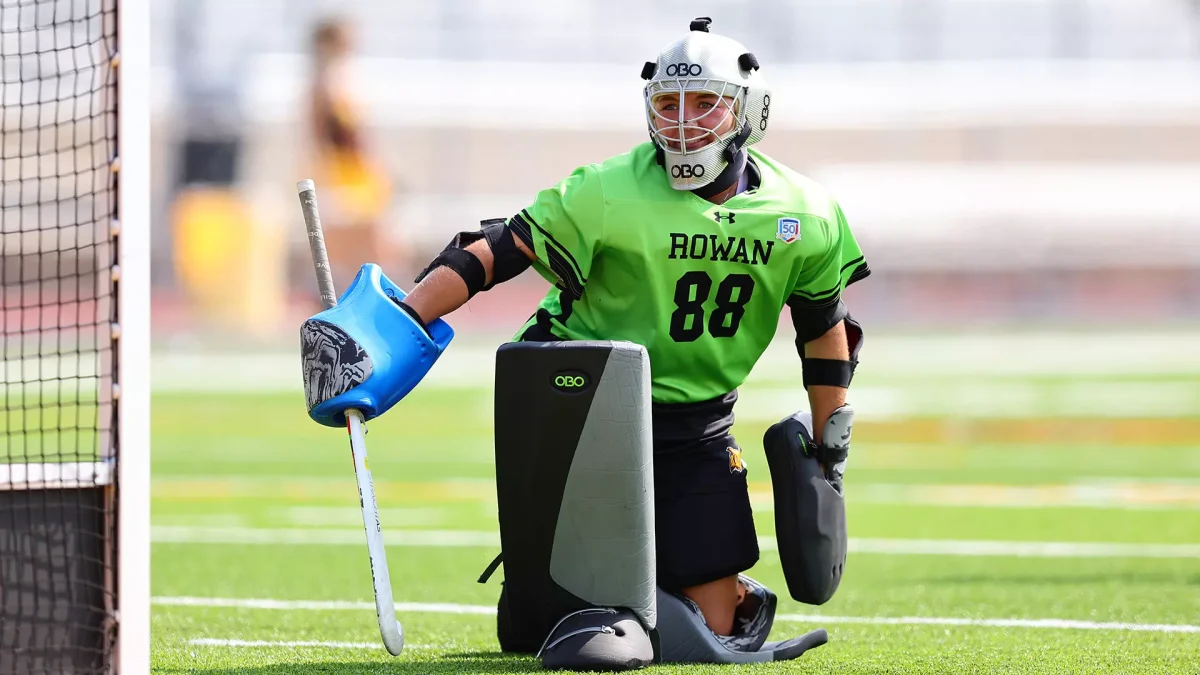


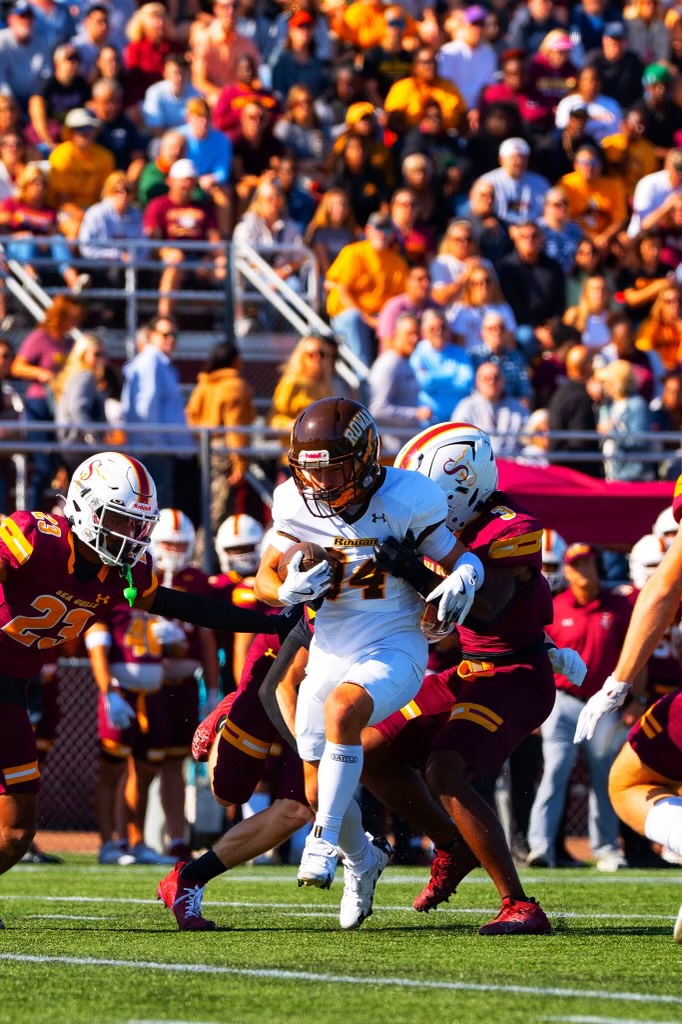
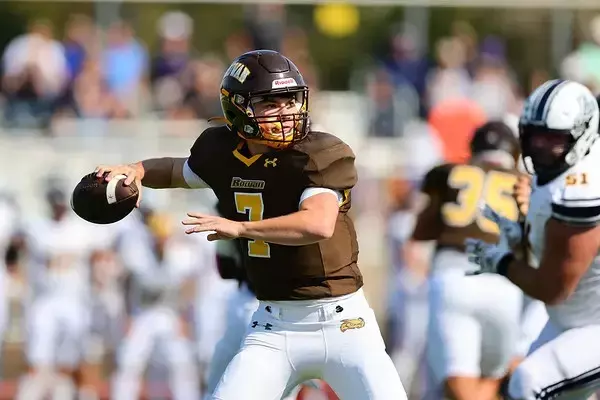












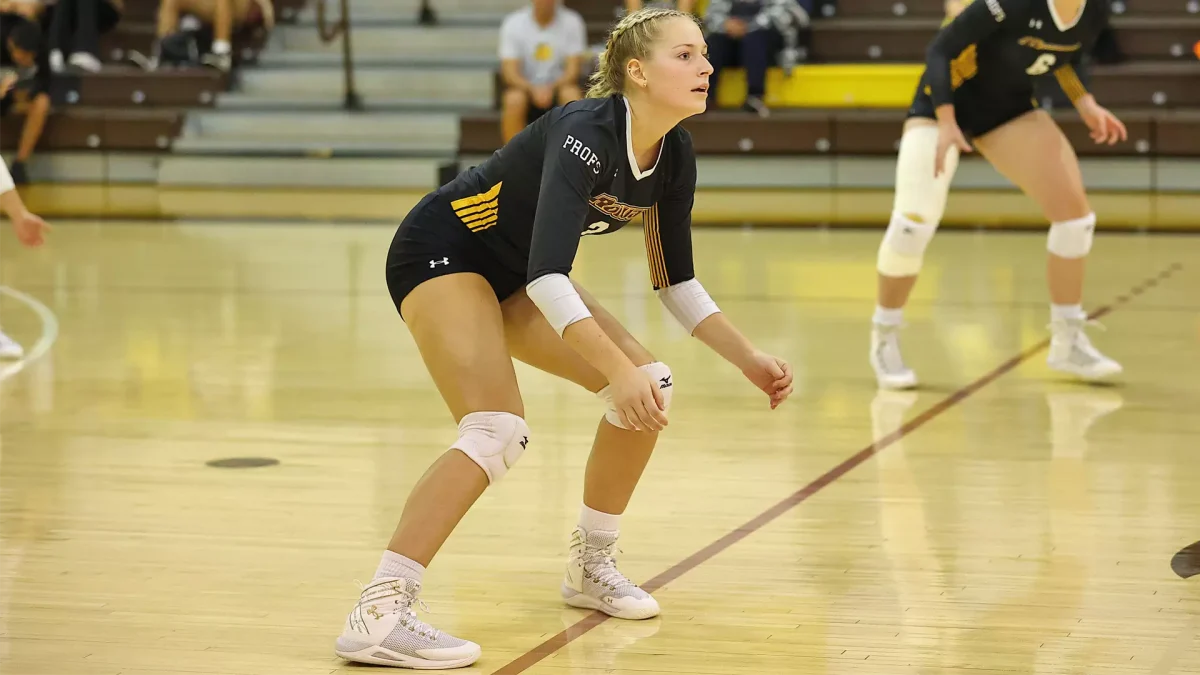













































!["Working with [Dr. Lynch] is always a learning experience for me. She is a treasure,” said Thomas. - Staff Writer / Kacie Scibilia](https://thewhitonline.com/wp-content/uploads/2025/04/choir-1-1200x694.jpg)









































